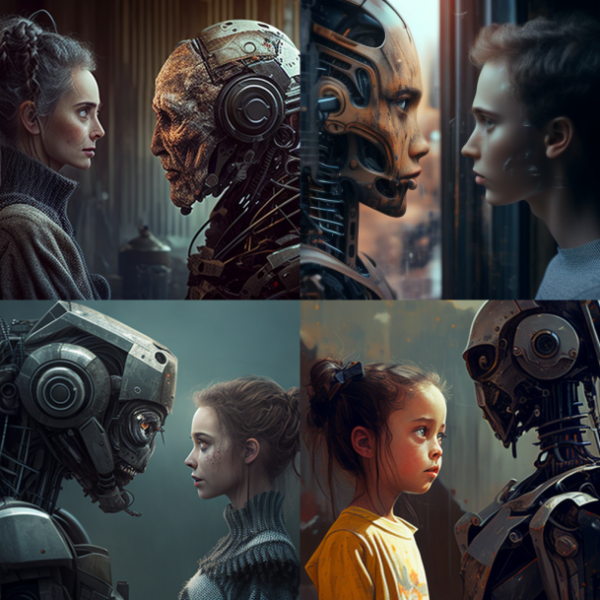ChatGPT is a variant of the GPT (Generative Pre-training Transformer) language model developed by OpenAI. It is designed to generate human-like text responses in a conversational setting, such as in a chatbot or virtual assistant application. And it is incredible what this AI engine can do: It can answer (almost) all questions (except some sensitive questions, e.g., about current wars), knows different languages (depending, e.g., on the input language), can write jokes, structure tables of contents, write essays, create master theses, summarize texts, write recipes, and much more.
ChatGPT is not a standalone product or version, but rather a modification of the original GPT model that is specifically designed for generating text responses in a conversational setting. The original GPT model was trained on a large dataset of human-generated text and used a transformer architecture, which allows it to effectively process long-range dependencies in language, and was released by OpenAI in 2018.
Since then it has been followed by several updated versions, including GPT-2 and GPT-3. OpenAI itself was founded by a group of prominent tech industry figures, including Elon Musk, Sam Altman, Greg Brockman, Ilya Sutskever, and Wojciech Zaremba. The organization continues to conduct research and development in the field of artificial intelligence, with a focus on developing advanced machine learning technologies and applications.
One of the key features of ChatGPT is its ability to generate responses that are contextually appropriate and coherent. This is achieved through the use of a transformer architecture, which allows the model to effectively process long-range dependencies in language and generate responses that flow naturally in a conversation.
To use ChatGPT, developers can access the model through the OpenAI API or by using one of the pre-trained models available on the OpenAI website. The model can then be fine-tuned on a specific task or dataset, such as generating responses for a specific chatbot application.
One example of ChatGPT in action is in the development of virtual assistants or chatbots. By using ChatGPT, developers can create chatbots that are able to generate human-like responses to user queries, allowing for more natural and engaging conversations with users.
Another example of ChatGPT's usage is in the development of conversational AI systems for customer service or support. By using ChatGPT, companies can create virtual assistants that are able to handle a wide range of customer queries and provide personalized responses, improving the overall customer experience.
In the future, it is likely that ChatGPT and other conversational AI models will continue to improve and become more widely adopted in a variety of applications. As the technology continues to advance, we can expect to see ChatGPT and similar models being used in an even wider range of contexts, such as in the development of virtual assistants for personal use, or in the creation of more advanced chatbots for businesses.
Note 1: Except for the first paragraph, all text was written by ChatGPT itself.
Note 2: The picture is generated by AI from Midjourney, a research lab utilizing AI to generate pictures, by inputting "A Human talks to an Artificial Intelligence".
Copyright: ChatGPT, GPT, Midjourney, and any other mentioned brand names, website addresses and trademarks or logos, are the property of their respective owners.

